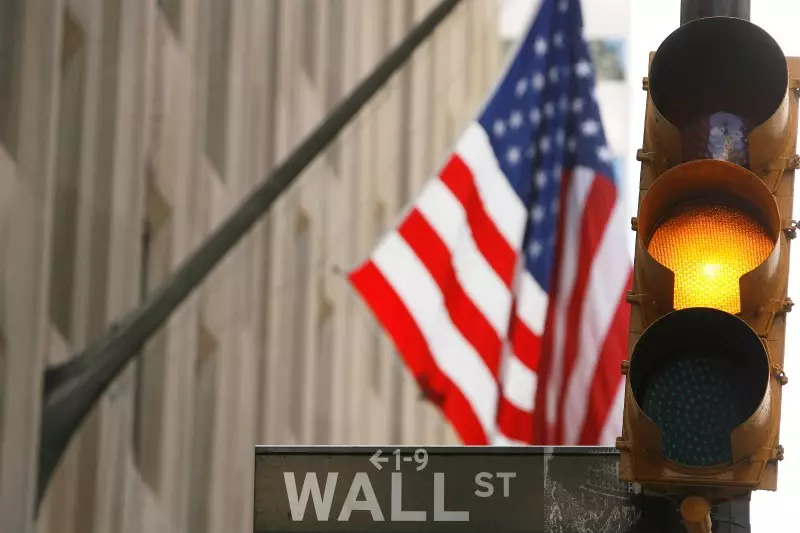As Wall Street navigates the complexities of the current financial landscape, U.S. stock index futures exhibit signs of stabilization after a shaky start to the year, particularly as tech giants like Apple and Tesla weigh heavily on market performance. The balance between robust economic indicators and growing concerns regarding monetary policy has left investors cautious. As of Thursday evening, S&P 500 Futures stood at 5,917.75 points, while Nasdaq 100 Futures settled at 21,171.75 points. Meanwhile, Dow Jones Futures maintained a flat trajectory at 42,694.0 points.
Tech Sector Struggles
Apple Inc. and Tesla Inc. have emerged as focal points of investor concern. After experiencing a modest downturn, Apple’s stock fell by 0.2% in after-hours trading, driven by a significant 2.6% drop during the trading session. The company’s decision to introduce discounts of up to 500 yuan ($68.50) on its leading devices in China has raised alarms about its competitive edge. With the Chinese market being a cornerstone of Apple’s revenue, weakened sales figures, coupled with intense competition from local entities like Huawei and Xiaomi, paint a troubling picture for investors. Analysts from UBS have indicated that Apple may struggle to meet the sales projections for the crucial December quarter, further amplifying uncertainties surrounding its growth.
Tesla, meanwhile, is grappling with its own set of challenges. The electric vehicle manufacturer saw a sharp 6.1% decrease in stock value after it reported fourth-quarter delivery numbers that fell short of market expectations. This disappointing performance can be traced back to both lower demand in North America and Europe and increasing competition in the Chinese market. The culmination of these factors is consequential; for the first time in over a decade, Tesla reported an annual decline in vehicle deliveries, underscoring the necessity for the company to pivot and innovate in areas like autonomous driving and artificial intelligence to regain its competitive advantage.
Macroeconomic Influences
Therefore, it is essential to examine the broader economic context influencing Wall Street’s current state. Revisions to the Atlanta Federal Reserve’s gross domestic product (GDP) estimates for Q4 have conveyed a potential slow down in the economy’s momentum. Despite this, recent data showed a drop in weekly jobless claims, suggesting that the labor market remains strong. This contrast has led to apprehensions among investors; the consistency of a robust labor market may prompt the Federal Reserve to adopt a more measured approach to interest rate cuts in 2025. Such predictions have triggered a wave of uncertainty as Wall Street attempts to reconcile these divergent signals.
As the year unfolds, Wall Street’s early performance is a tapestry woven from the threads of tech struggles, economic indicators, and the looming specter of slow monetary easing. The interplay between these elements will shape market dynamics, making it imperative for investors to remain vigilant and responsive to the evolving financial landscape.

